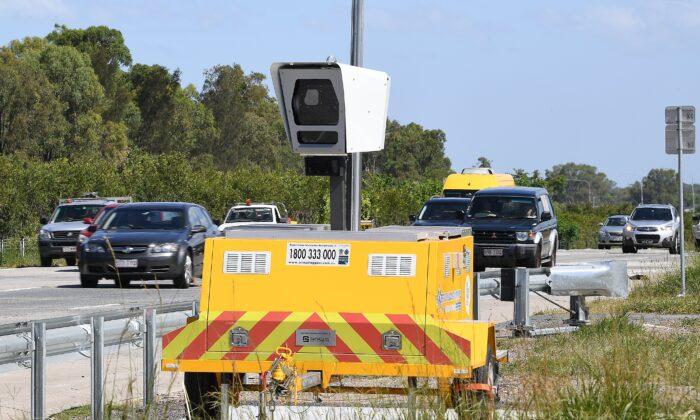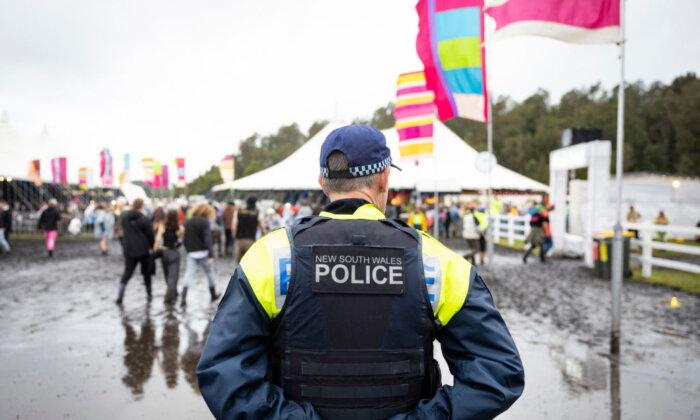One-third of Australian drivers admit to speeding in school zones, citing reasons such as the absence of visible children, prompting calls for drivers to exercise caution and reduce speed.
According to research by national insurer AAMI, Aussie drivers acknowledge exceeding speed limits in school zones due to confusion about speed limits, times, and signage. Approximately one in ten confessed to speeding through a school zone when “no children were in sight.”
With kids returning to school this month, Claims Manager Leah James said there is no excuse for speeding.
“Reduced speed limits in school zones have been around in different states for more than two decades, so there is absolutely no excuse to speed through school zones,” she said.
“School-aged children, particularly those starting prep or under ten years of age, have limited road safety experience and can behave unpredictably. The onus is on us as adults to protect their lives and ensure they can get to and from school safely every day.”
Day With Highest Risk of Car Accidents
Fridays stand out as the day with the highest number of crashes, according to data from 350,000 recent AAMI motor insurance claims.“Afternoons between 1 pm and 4.30 pm during school pickup proved the most dangerous time,” Ms. James added.
She pointed out that a child’s likelihood of surviving a collision decreases significantly in high-speed crashes compared to low-speed ones.
“A pedestrian crossing the road has an 87 percent chance of survival when hit by a vehicle travelling at 40km/h or less. This drops dramatically when the speed is higher,” she explained.
Of those who followed speed limits, almost half said they did so t0 mainly to avoid fines and license penalties, indicating a greater concern for financial consequences than putting others’ lives at risk.
At the same time, just one in five drivers (20 percent) fear causing harm to others on the road.

This is despite Australian Road Safety Foundation statistics showing that in 2023, there were 1,266 people killed on Australian roads, up 7.3 percent from 2022).
Of those fatalities, 9 percent (16) were children under the age of 18 years.
CEO and Founder of the Australian Road Safety Foundation (ARSF) Russell White expressed concern about the many lives lost on Aussie roads.
“Each year, more than 1,200 lives are tragically lost on Australian roads,” he said.
“No one wants to be involved in a car accident with a child; these can be traumatic and have a ripple effect in the community, not just on those involved. School zones are in place to protect lives and prevent fatalities but are only effective when adhered to.”
After starting in 2021, the ARSF and AAMI are returning their Slow Down Songs initiative on Spotify.
This feature targets drivers near school zones and plays songs at their regular speed but significantly slows them down when the driver is within 5 kilometers (3.11 miles) of a school.
This serves as a reminder to reduce speed and exercise extra caution in areas with lowered speed limits.







